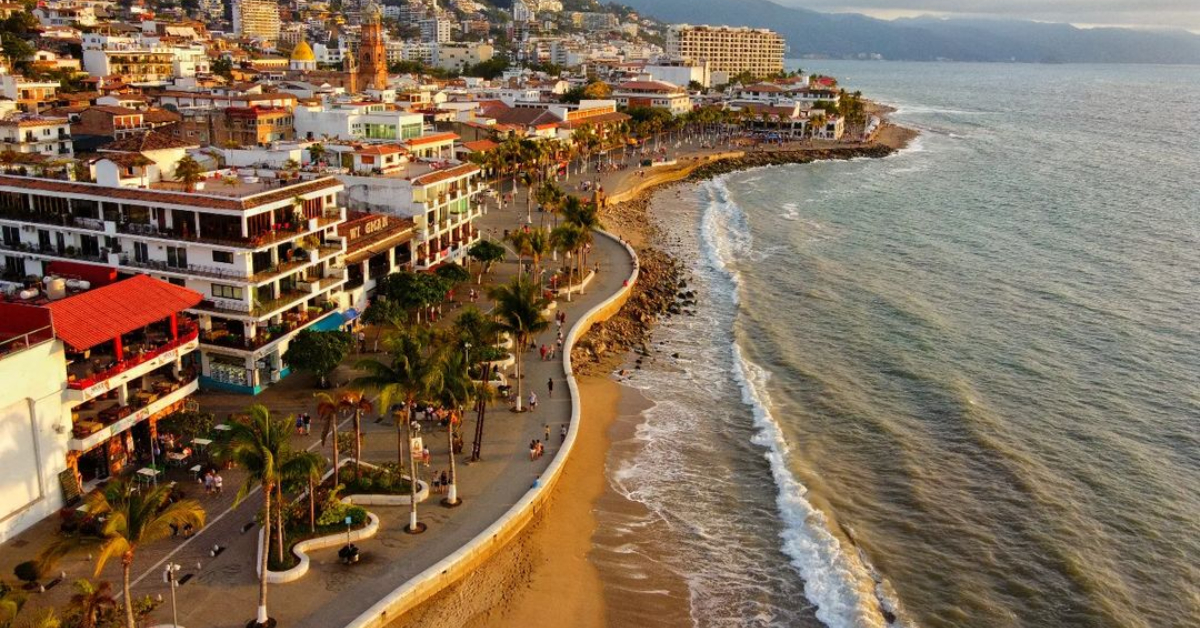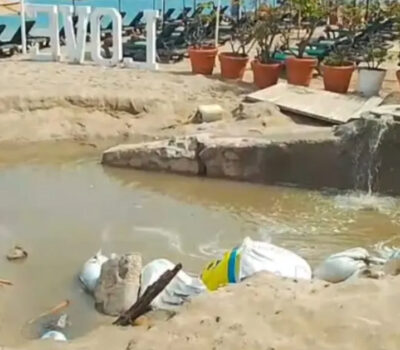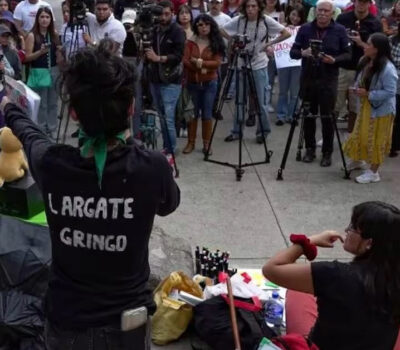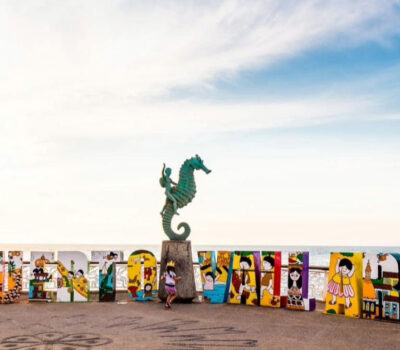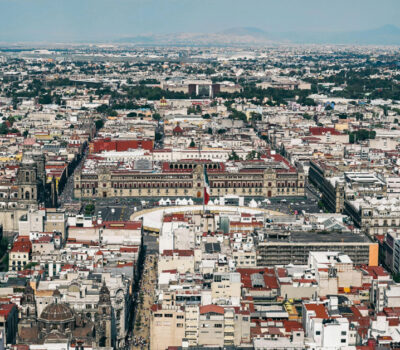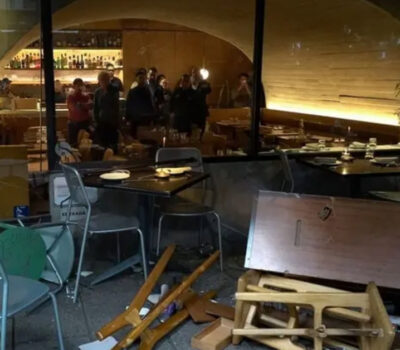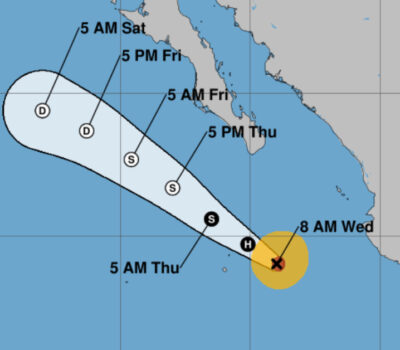Puerto Vallarta (PVDN) – Puerto Vallarta has been experiencing an increase in prices for rents, food, and other necessities, which could be a symptom of gentrification. For many foreigners and expats in Puerto Vallarta, these increases may seem small and still much cheaper than their home country, but it may be resulting in Mexican locals being forced to leave their neighborhoods.
Gentrification is the process of urban and social rehabilitation of a deteriorated area, which can cause the displacement of low-income residents by those of a higher social and economic status. Puerto Vallarta has been heavily affected by this problem for several years, as thousands of foreigners have invaded its most emblematic neighborhoods, making the cost of living more expensive and displacing longtime residents, even those who have lived there for generations.
The problem is only getting worse as gentrification spread occurs due to the endless flow of foreigners moving to Puerto Vallarta and expanding the ‘foreigner’ neighborhoods and pushing locals further out from the city and coast. Already many businesses bus their employees to work in the tourist area because minimum-wage workers have been forced to live further away from Puerto Vallarta, where the minimum wage is no longer enough to afford even the cheapest rent.
According to Forbes Mexico, Puerto Vallarta is the most expensive place to purchase a home in Mexico based on the average cost per square meter. Meanwhile, the wages in Puerto Vallarta are among the lowest compared to other tourist destinations in Mexico.
Several universities have pointed to tourism as one of the primary factors that cause gentrification. The arrival of visitors with money in Puerto Vallarta makes it more visible and revalued, but the foreigners bring different cultural and class expectations with them, forcing local cultures to change until much of the community is no longer recognizable.
According to Intercontinental University, the problems begin when the local population sees this new source of income as more lucrative than their old occupations. As a result, they abandon their old jobs to focus on the demands of the visitors. In this way, many of the activities that made that place unique end up disappearing forever.
Tourists need a place to stay and are willing to pay more for a well-located place. Homeowners in these places will try to rent their houses to tourists to multiply their profits. To achieve this, they may increase rents, which can lead to the displacement of long-time residents.
While gentrification can bring positive changes such as increased economic development and improved infrastructure, it can also have negative consequences for the original residents of the area. Some of the potential consequences of gentrification include displacement, loss of cultural identity, increased cost of living, limited access to affordable housing, and social tensions.
Despite the potential negative consequences, gentrification can also bring some benefits to the areas where it occurs. These benefits include increased economic development, improved infrastructure, enhanced safety, better housing quality, and increased cultural amenities such as restaurants, galleries, and performing arts. However, much of the benefits caused by gentrification can only be enjoyed by upper-class residents, mostly foreigners.
While these potential benefits of gentrification are certainly important, it is crucial to acknowledge that gentrification can also have negative consequences, particularly for long-time residents who may be displaced by rising costs. Policymakers and developers must work to ensure that the benefits of gentrification are shared fairly and equitably, and that steps are taken to mitigate the negative consequences for vulnerable residents.
Puerto Vallarta (PVDN) - Puerto Vallarta has been experiencing an increase in prices for rents, food, and other necessities, which could be a symptom of gentrification . . .

